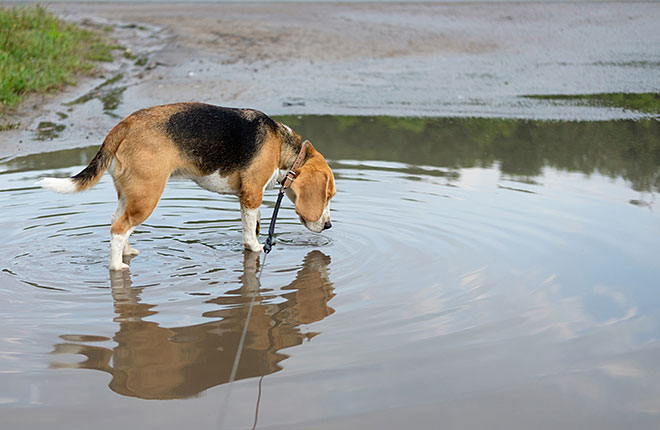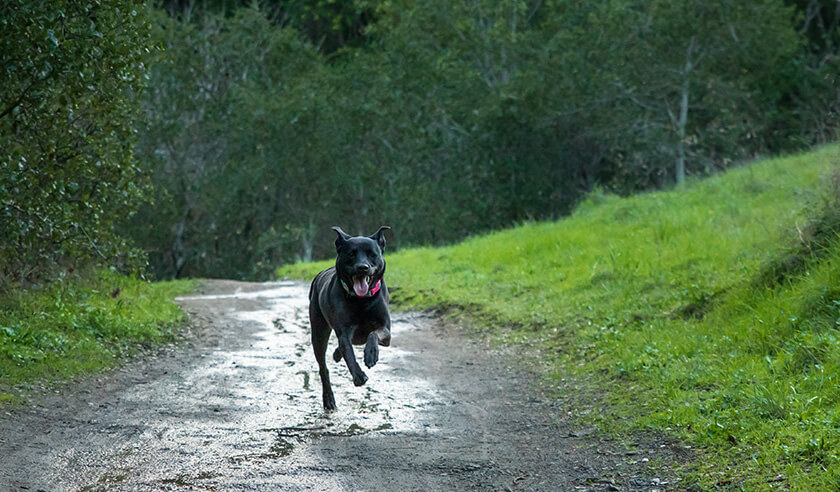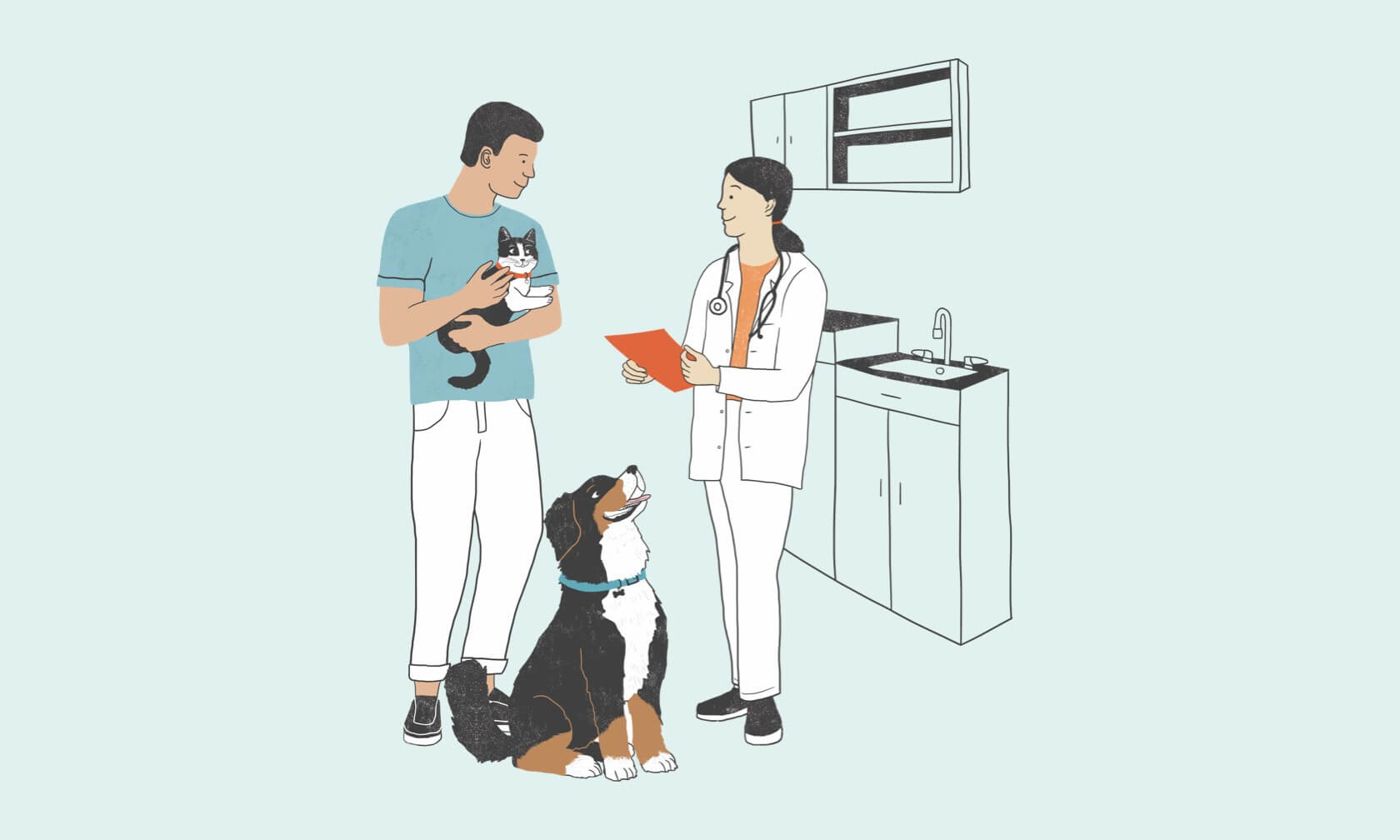As a pet owner, you try to protect your dog from risk as much as possible. Unfortunately, there are dangers lurking right in your backyard or local park that can cause serious harm to your dog. One of these diseases that has been increasingly reported across the U.S. is leptospirosis[1].
What is Leptospirosis?
Leptospirosis, also known as “lepto”, is a highly contagious bacterial infection that affects most species of mammals, including dogs[2].
Leptospirosis is zoonotic (which means it can be passed along to humans). Human symptoms range from flu-like symptoms to kidney failure and even death[3]. You can learn more about the human symptoms of leptospirosis on the CDC website.
Leptospirosis bacteria (leptospira) penetrates a dog’s body through mucous membranes or open skin and rapidly multiplies in the bloodstream for the following 4–12 days[4]. The bacteria is spread through infected animals’ urine (especially rodent urine) and can survive in soil or water for weeks or months. Dogs can come into contact with the bacteria by walking through, drinking, or even spending time near contaminated water like puddles, mud, standing water, and lakes.
Is My Dog at Risk for Leptospirosis?
Leptospirosis can affect dogs of all shapes and sizes, so your dog could be at risk. Once commonly diagnosed in rural areas, lepto is now being seen more commonly in suburban and urban areas[5]. Dogs that spend time near bodies of water, or even play near mud or puddles, can be at especially high risk for leptospirosis.
Common risk factors for leptospirosis:
- Walking in the same place as infected wildlife, rodents, or farm animals
- Contact with or drinking from warm, wet environments like streams, lakes, and puddles
- Direct contact with infected animals
Symptoms of Leptospirosis in Dogs
It’s important to note that dogs can be infected and not even show signs of having leptospirosis.
Symptoms of leptospirosis include:
- Fever
- Shivering
- Muscle tenderness
- Increased thirst
- Dehydration
- Vomiting
- Diarrhea
- Loss of appetite
- Lethargy
- Jaundice (yellowing of the “whites” of their eyes or the inside of their ears, gums, or belly skin)
If your dog is displaying signs of leptospirosis, see your veterinarian immediately. Delaying treatment can result in severe kidney or liver damage, and even death[3].
How Can I Protect My Dog from Leptospirosis?
The best way to protect your dog from leptospirosis is to vaccinate them against it. Learn more about the leptospirosis vaccine, and ask your veterinarian about it at your dog’s next appointment.
ZPC-00311R2
- Stokes JE, Kaneene JB, Schall WD, et al. Prevalence of serum antibodies against six Leptospira serovars in healthy dogs. J Am Vet Med Assoc 2007;230:1657-1664.
- Bharti AR, Nally JE, Ricaldi JN, et al. Leptospirosis: a zoonotic disease of global importance. Lancet Infect Dis. 2003;3(12):757-771.
- Leptospirosis. CDC. https://www.cdc.gov/leptospirosis/index.html. Accessed June 6, 2019.
- Rentko VT, Ross LA. Canine leptospirosis. In: Kirk RW, Bonagura JD, eds. Current Veterinary Therapy: Small Animal Practice. 11th ed. Philadelphia: W.B. Saunders Company, 1992;260–263.
- Lee HS, Guptill, L, Johnson, AJ, Moore, GE. Signalment changes in canine leptospirosis between 1970 and 2009. J Vet Intern Med. 2014;28(2):294-299.






